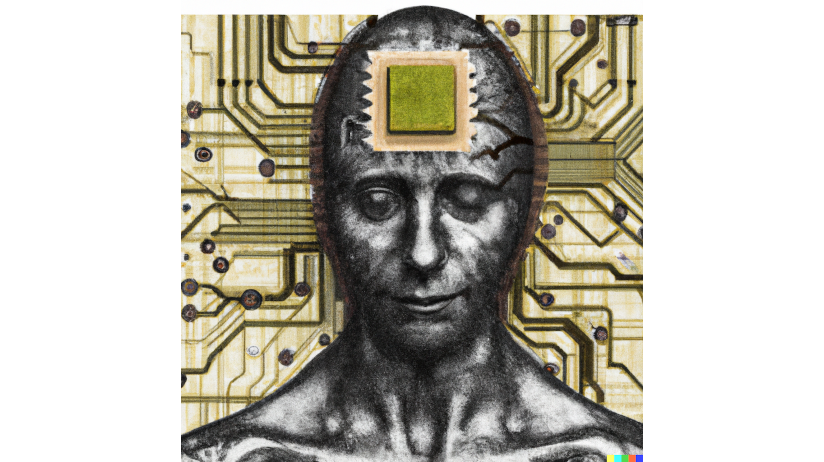At first glance, that headline might seem to be referring to A/I. The image is from OpenAI’s Dall-E, but the message of this post really is much more down to earth than that. It’s about getting enough of what is inside your head out and in such a form that others can understand. When any of us are designing a PCB, that is really what is happening. We have something locked in our brain that we want to be built into a functioning printed circuit board.
The first tool we designers have is the CAD software. We scratch out the schematic, building the bill of materials as we go. Then we move on to the layout. Even if the basic circuit is good, we can’t do anything with it without the PCB layout. Some of us will develop the layout ourselves and some will hand that task off to a specialist that we trust (or, at least we hope to trust them).
The output of the layout software is machine readable to a certain degree. I say “to a certain degree” because there is still some human interpretation required. More with the old Gerber format manufacturing data, less with newer intelligent formats like IPC-2581 or ODB++. Regardless of how machine readable it is, that file is only part of the story. Just as important is the bill of materials (BOM).
Put the BOM together with the manufacturing data file and you have most of what’s required in order to hand your idea off to a company like Screaming Circuits. When you do that, please always remember the phrase I used earlier: Human Interpretation. The better you describe things and the more complete your data set is, the less human interpretation will be needed.
This includes seemingly simple things like bypass capacitors. It may seem like a slam dunk to just throw any old .01uf, 6 volt ceramic capacitor in to replace an out of stock part number, and it may be so for you. But we don’t know if ESR is important, ISR, temperature range or any of a score of other parameters. You know, but we don’t. That’s why we can’t sub substitute without asking you. That’s why every digit and character of a manufacturers’ part number is significant.
Read more about this in the Jan/Feb issue of “Designing Electronics North America.” Scroll to page 38 for my article.
Duane Benson

